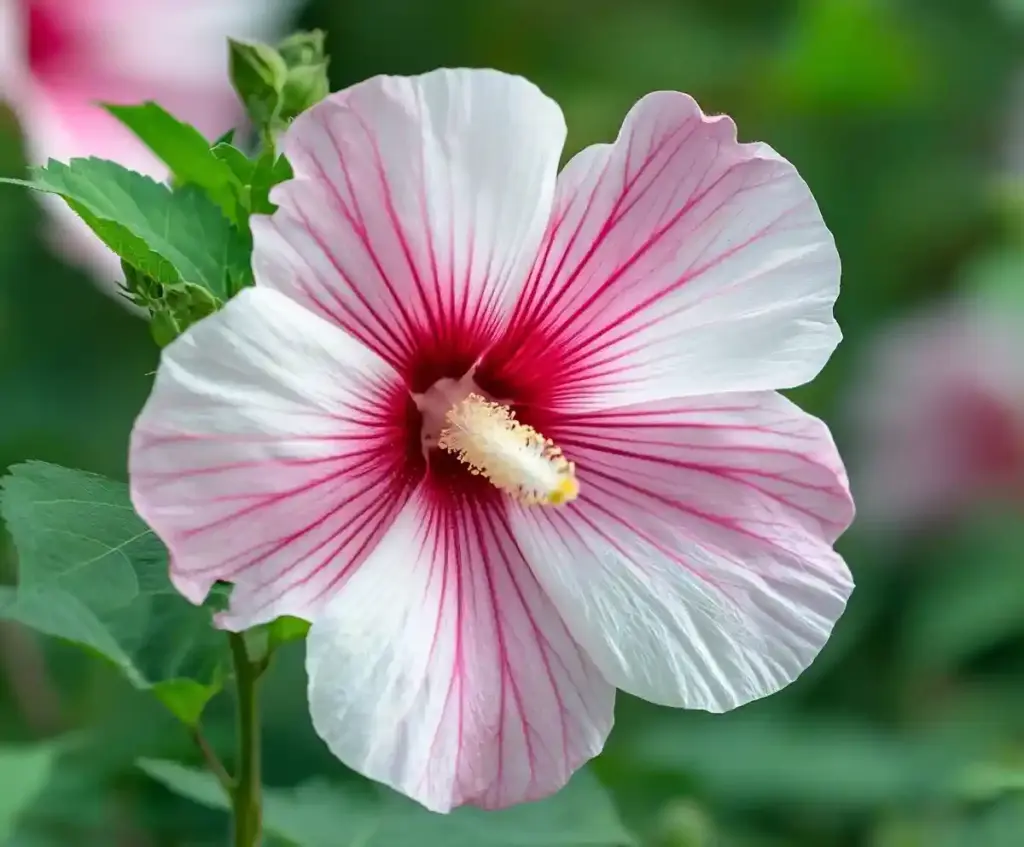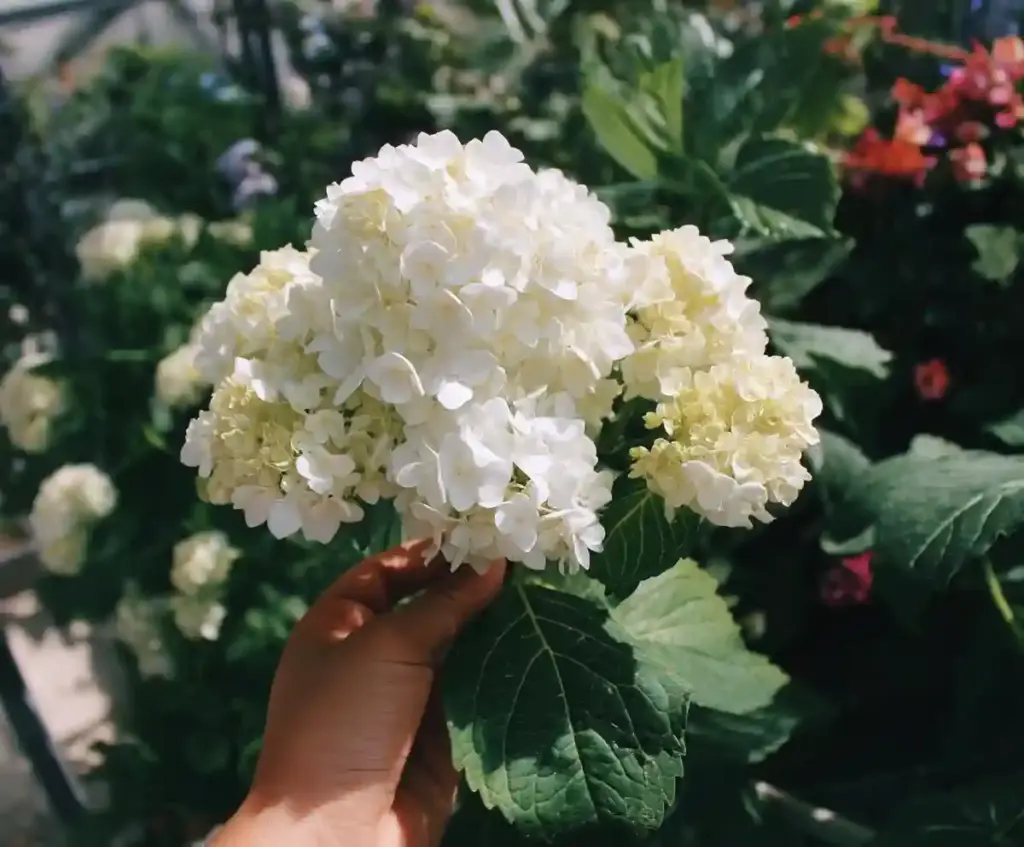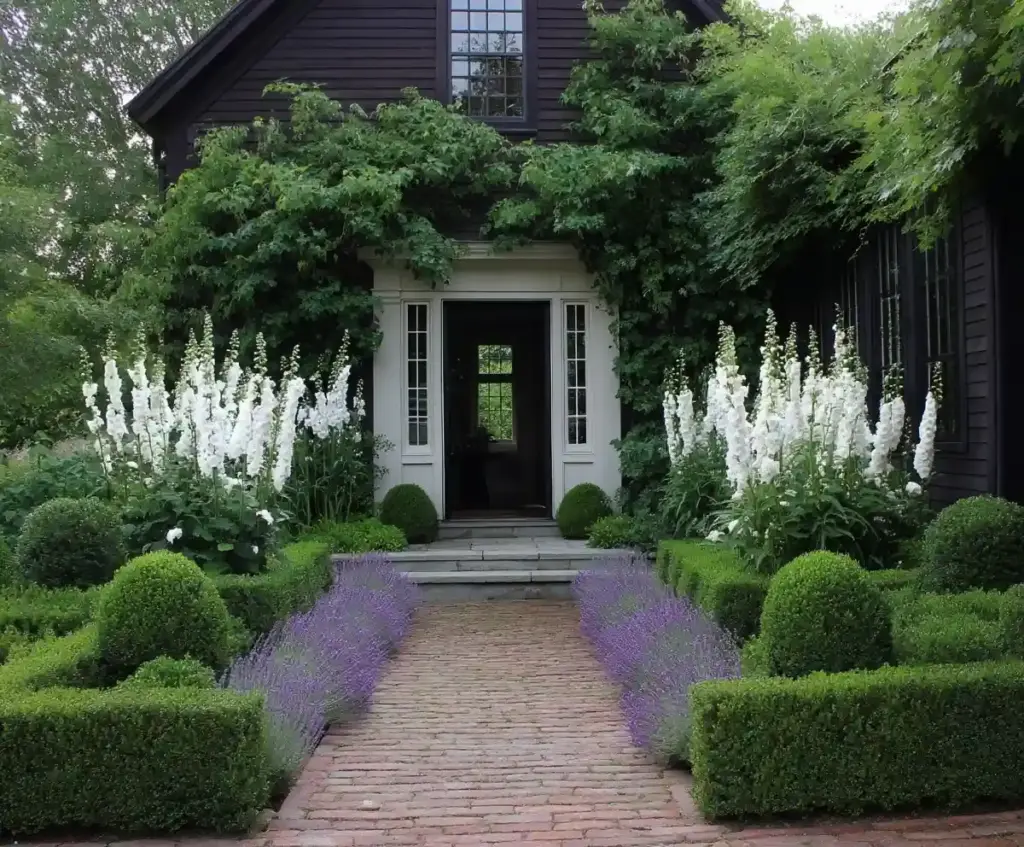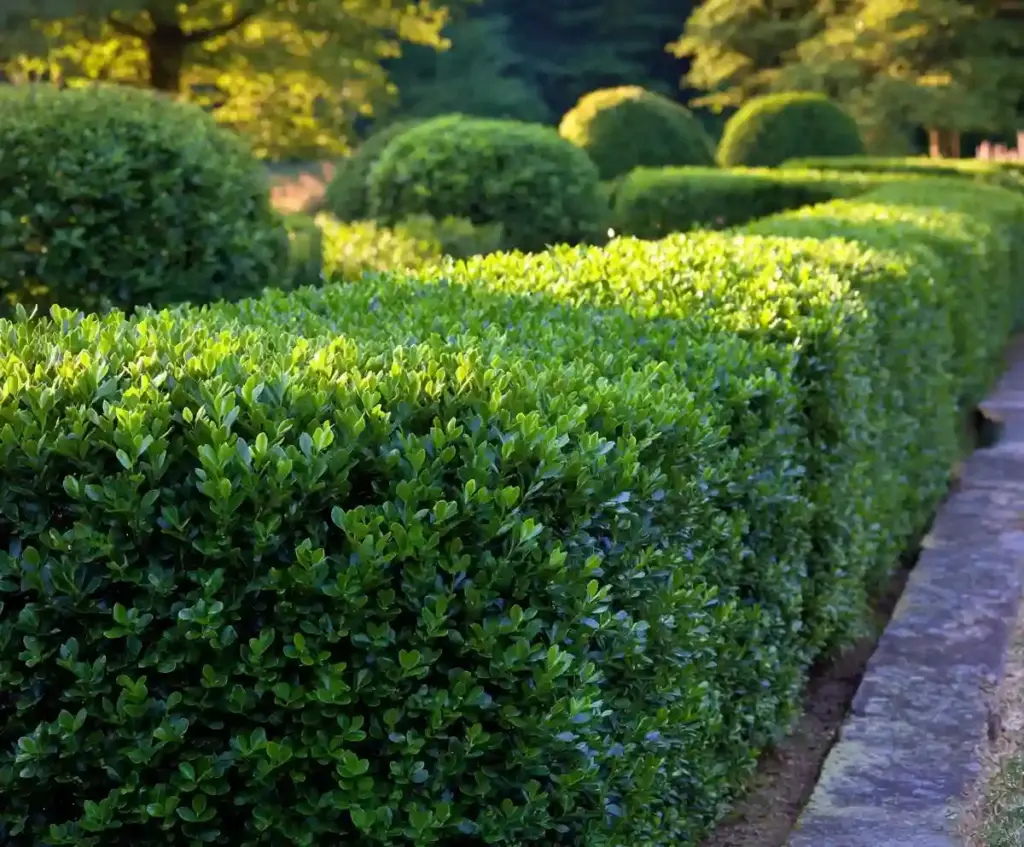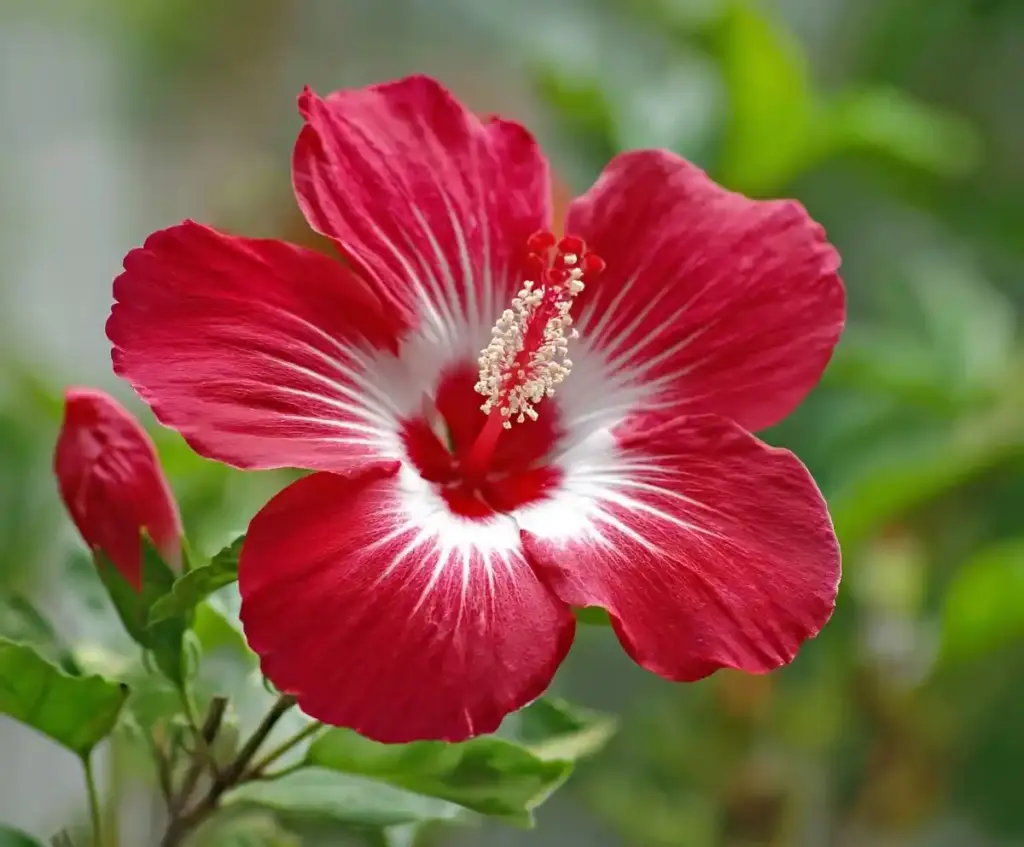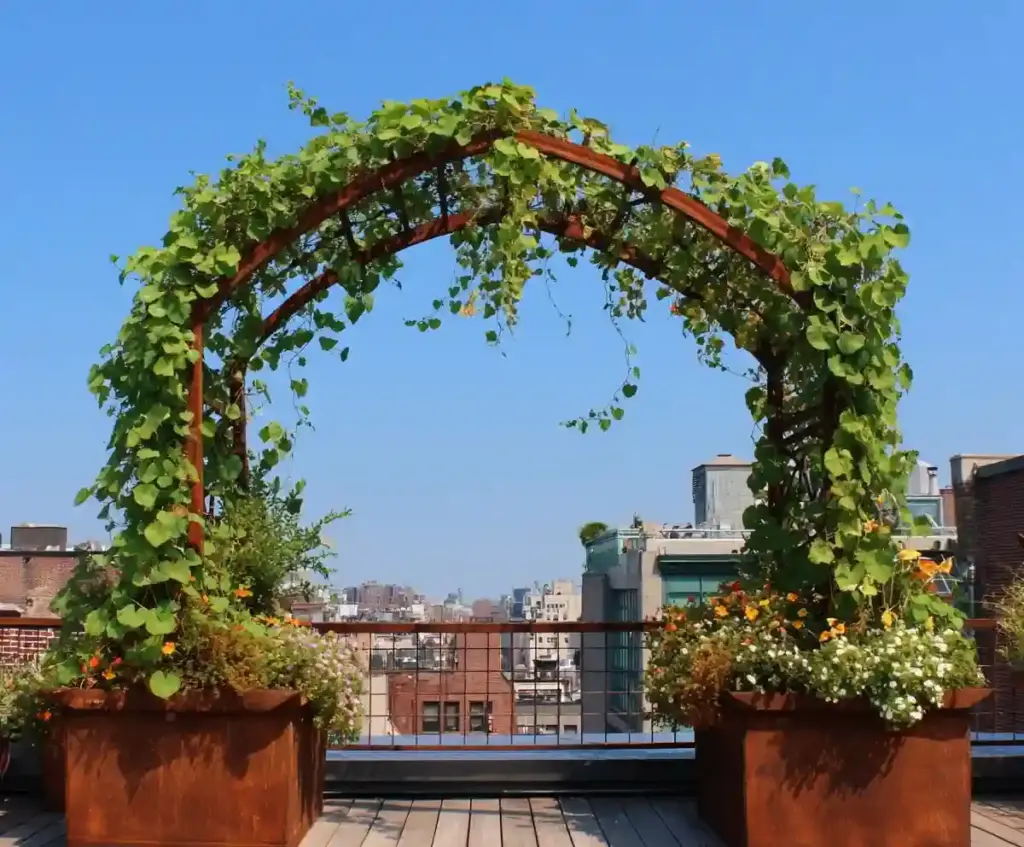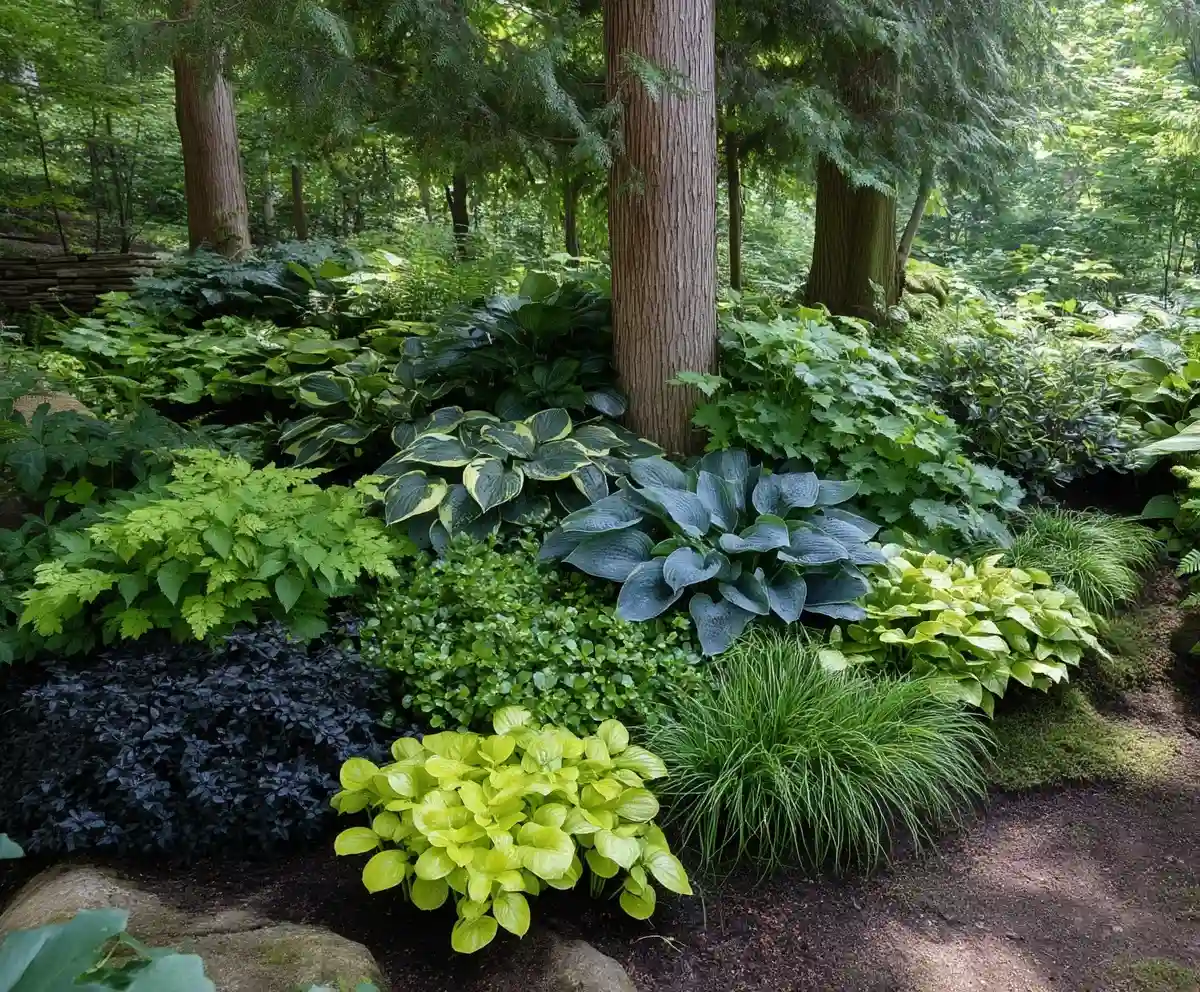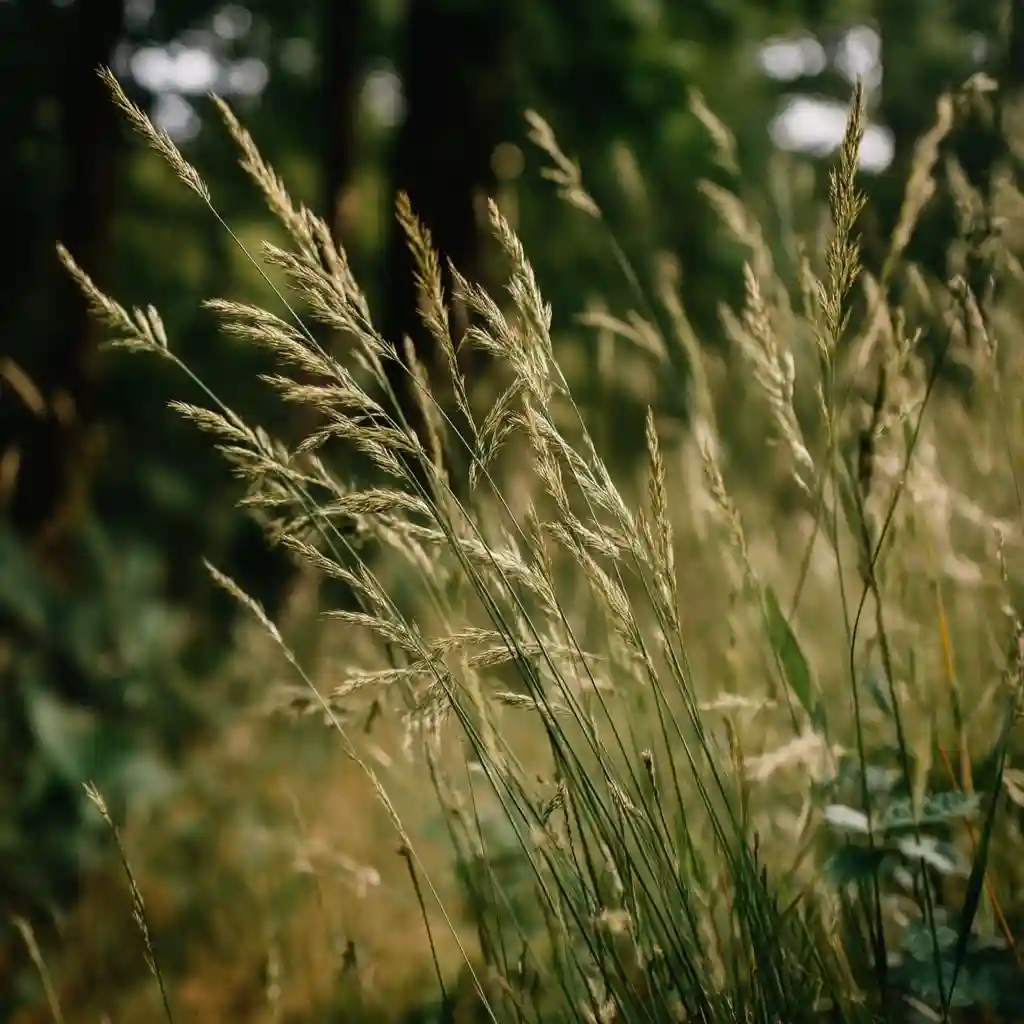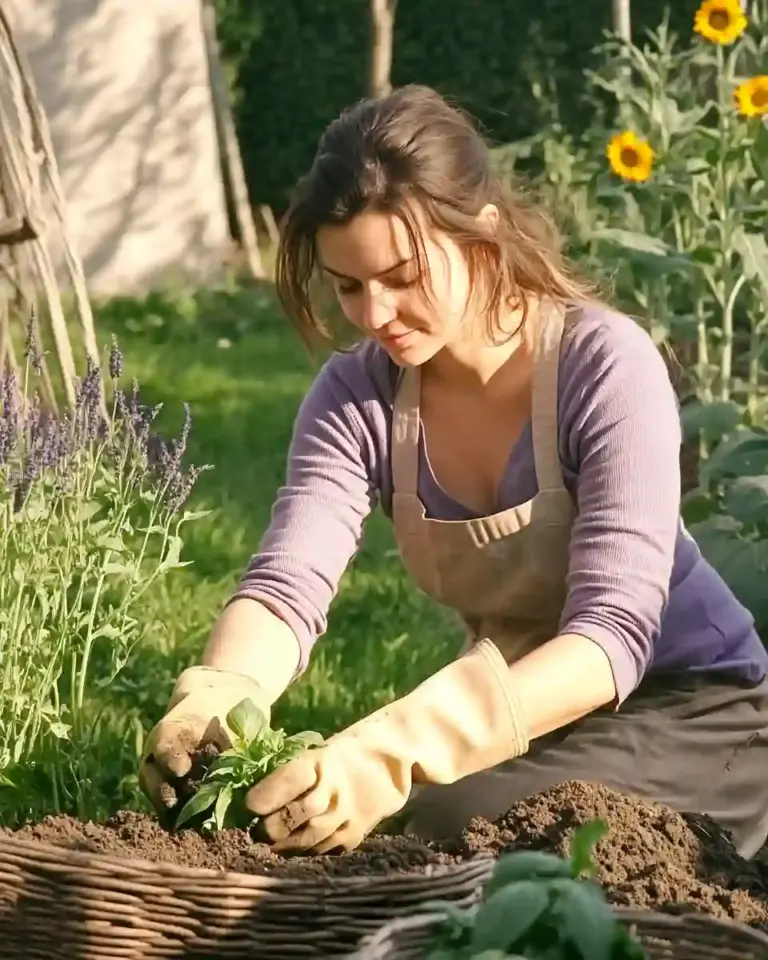Plants to grow under evergreen trees can be surprisingly difficult to choose. Gardeners often find these spots bare, dry, and frustrating. The dense canopy blocks light, while the tree’s root system aggressively competes for water. Attempts to grow lawn grass or traditional flowers often fail, leaving behind a patchy, unattractive space. But don’t worry—there are smart, attractive planting options that can turn this challenging area into a thriving part of your garden. Knowing what works—and why—can help you plant successfully beneath those tough evergreens.
Table of Contents
🌳 What Is the Problem?
When thinking about plants to grow under evergreen trees, many gardeners blame soil acidity for their struggles. But the real challenge lies elsewhere. Evergreen trees, especially large ones like pines and spruces, create two major problems: deep shade and water competition.
Their thick branches block out much of the sunlight, making it difficult for sun-loving plants to photosynthesize. At the same time, their extensive root systems pull moisture from the soil, leaving little water behind for anything else.
It’s not that nothing can grow there—it’s just that the right plants need to be shade-tolerant and able to cope with dry soil. Even if you’re tempted to try grass, most varieties will wither. Some gardeners try tall fescue, but it’s often patchy and lacks visual appeal.
The key is choosing species that thrive in dry shade—a rare but valuable plant trait. That’s where certain tough, low-maintenance ground covers come in.
🌱 Ground Covers That Come to the Rescue
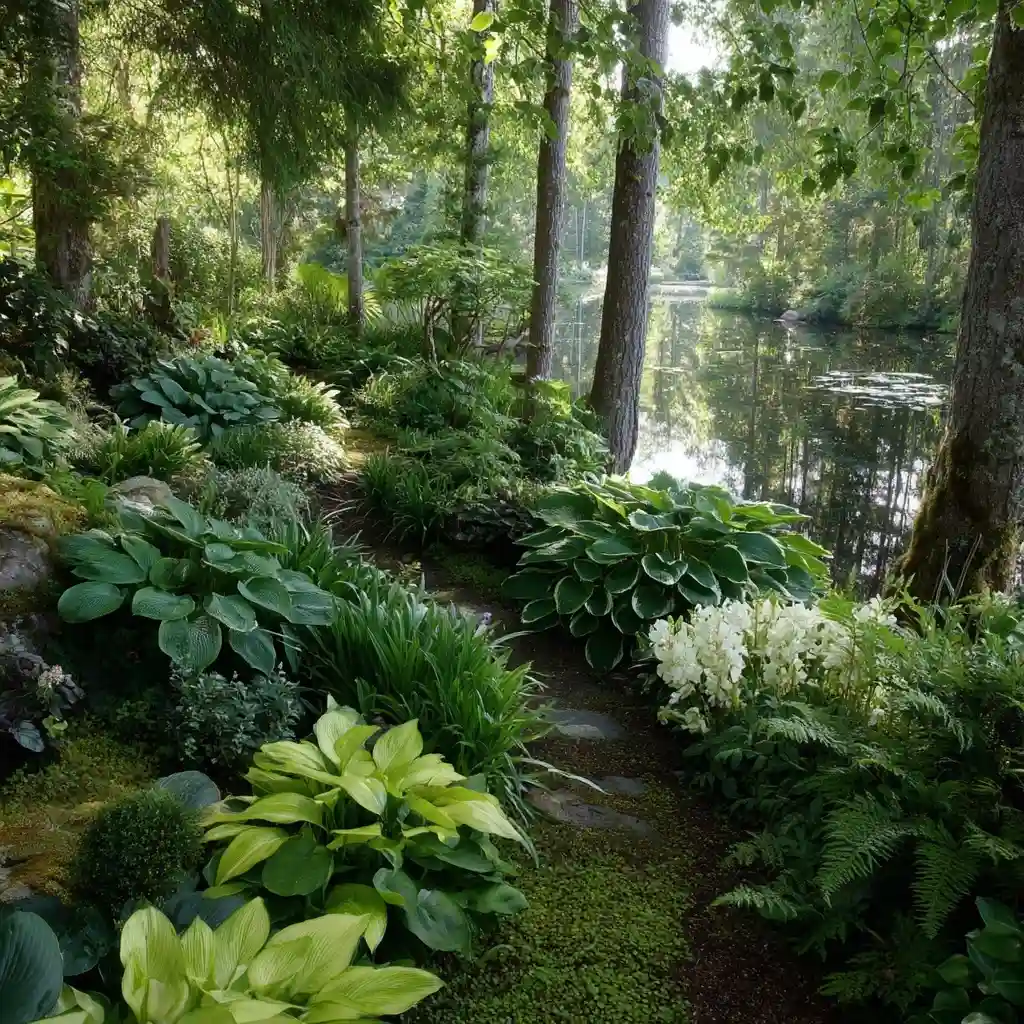
Finding plants to grow under evergreen trees means seeking out ground covers that are tough, shade-tolerant, and drought-resilient. The goal isn’t just survival—it’s coverage. These plants fill in bare soil, suppress weeds, and add beauty where nothing else seems to thrive.
Here are a few standout choices:
1. Hosta (Hosta spp.)
While best known for its striking foliage, some varieties like Hosta plantaginea also produce fragrant, trumpet-shaped flowers. Hostas handle shade well and come in many sizes and colors.
2. Sweet Woodruff (Galium odoratum)
This charming perennial spreads quickly in shaded spots. It features fragrant white flowers in spring and delicate green leaves that form a soft carpet under trees.
3. Black Mondo Grass (Ophiopogon planiscapus ‘Nigrescens’)
With its dark, dramatic foliage, this grass-like plant brings bold contrast to your garden. It’s slow-growing but drought-resistant and ideal for shady dry soil.
4. Vinca Minor (Periwinkle)
Glossy evergreen leaves and violet-blue flowers make vinca a popular ground cover. It spreads fast—sometimes too fast—so monitor it closely to avoid it becoming invasive.
5. Lily-of-the-Valley (Convallaria majalis)
Small but mighty, this plant tolerates even the most stubborn dry shade. It forms dense mats of leaves and blooms with sweet-smelling, bell-shaped white flowers in spring.
⚠️ Note on invasiveness: Some of these ground covers, especially vinca and lily-of-the-valley, can become aggressive in certain climates. Always check with your local extension office or native plant society to ensure you’re planting responsibly.
These plants are more than just survivors—they’re ground-hugging problem solvers that transform neglected spaces into lush, living landscapes.
🪨 The Last Resort
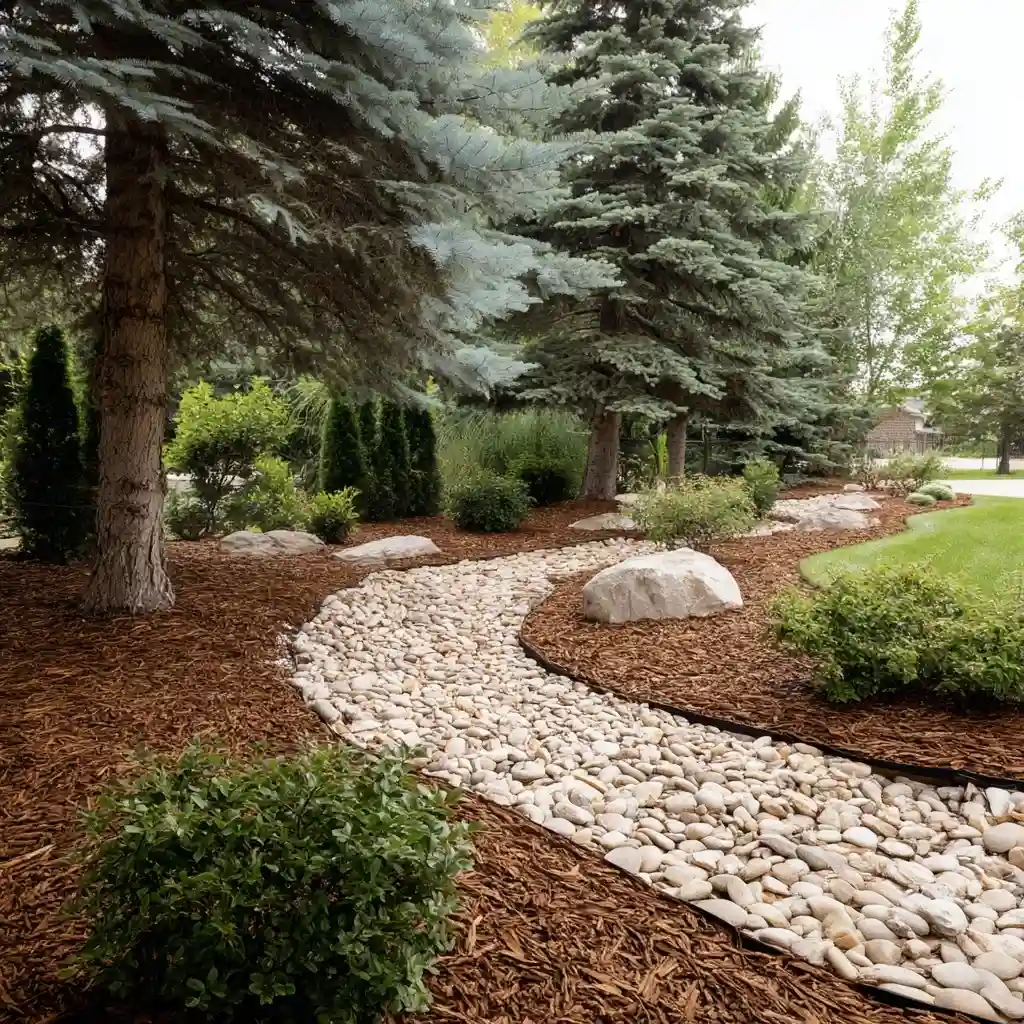
Even with the best plants to grow under evergreen trees, some spaces are just too dry, too dark, or too root-choked for anything to thrive. When that happens, it’s okay to change your strategy.
Instead of forcing plants to survive where they clearly won’t, consider these low-maintenance alternatives:
1. Mulch the Area
Mulching with bark, shredded wood, or pine needles helps maintain a clean look while preventing weed growth. It also helps retain what little moisture is available and keeps tree roots protected.
2. Use Decorative Rock or Gravel
In areas where organic mulch keeps washing away or looks untidy, gravel or landscape rock can provide a permanent, tidy solution. Just be sure to edge the area to prevent rocks from spilling into the lawn or paths.
3. Frame the Zone with Edging
Define the “no-growth zone” under your evergreen with brick, stone, or metal edging. It makes the area look intentional—not neglected—and helps visually separate it from the rest of your garden.
While not as vibrant as live plants, these options provide structure and aesthetic balance. And sometimes, the best way to work with nature is to know when to stop fighting it.
🌼 Conclusion
Choosing the right plants to grow under evergreen trees isn’t about fighting nature—it’s about working with it. Dense shade and thirsty roots may limit your options, but they don’t eliminate them. With the right ground covers like hostas, sweet woodruff, or black mondo grass, you can bring life to those dry, shady spots.
And if plants simply won’t cooperate, mulch and decorative rock offer clean, attractive alternatives. Whatever path you take, your landscape will benefit from thoughtful choices tailored to your tree’s unique environment.
Remember, a beautiful garden doesn’t mean planting everywhere—it means planting wisely
❓ FAQ
Why is it so hard to grow anything under evergreen trees?
Evergreens cast dense shade and have wide, shallow root systems that soak up moisture, leaving little for other plants. This creates dry, low-light conditions—two major challenges for most plants.
Do evergreen trees make the soil too acidic for plants?
Not usually. While pine needles may lower surface pH slightly, the bigger issues are shade and moisture competition, not soil acidity.
Can grass grow under evergreen trees?
Most grasses struggle here, but tall fescue may survive. However, it’s often thin and patchy. Ground covers are generally a better, more attractive choice.
What’s the best low-maintenance plant for under evergreens?
Sweet woodruff and hosta are top picks—they’re shade-tolerant, hardy, and spread well without becoming too aggressive.
What if nothing grows at all?
If every plant fails, consider mulch, pine straw, or decorative rock to create a tidy, no-maintenance area that still looks intentional.
🌿 Love gardening inspiration? Follow me on Pinterest for bold plant ideas, tips, and seasonal color!
More Posts
